The Rising Popularity of Acupuncture in Complementary Therapy
When it comes to medical treatments that have been around for a while there are few that can match acupuncture’s claims for longevity. Archaeological findings of stone implements suggest the practice may have its origins in the Neolithic period. While it may seem like a new age fad to many in the western world it is an ingrained part of medicinal culture for many in the eastern hemisphere.
For the most part acupuncture involves inserting pins through the epidermis at critical points across the surface of the body. Centuries, perhaps even millennia of practicing the technique has led to the locations of these points. Many charts still survive from the middle ages and before outlining the locations of these critical points but there is not true consensus, with many different branches of practitioners having different maps for the locations of these points.
In traditional Chinese medicine the understanding is that inserting the needles into these critical points unblocks the flow of chi in a relevant area. Chi is the vital energy that flows through us all. It is believed that disruptions to this flow can result in a variety of illnesses and ailments as well as causing undesirable events to occur in one’s life. According to Traditional Chinese Medical convention the critical points do not relate directly to the point on the body where they are located. For instance a point on the leg may relieve stomach upsets, a point on the nose may relieve tooth ache.
The range of ailments acupuncture provides relief for is quite large, everything from anxiety to liver disease. Commonly it is used to cure the common cold, to relieve pain and stress. It also has a high rate of success in helping smokers to quit and with reducing allergies.
There are no scientific explanations for how acupuncture works but studies show that it is more effective than placebo so scientists are generally very interested to know how it works. Even if as some suggest it is merely a particularly effective placebo that would make it as effective if not more so than many pharmaceutical drugs which only have to show a relatively small improvement over a placebo. Unlike many pharmaceutical treatments acupuncture has no known side effects. There are however many cases of pharmaceutical drugs having very detrimental side effects, in some cases ones that are worse than the ailment they were supposed to treat.
This is probably one of the factors that contribute to the continuing rise in the practice’s popularity. It does not clearly interrupt internal functioning and compared to surgeries and other modern treatments is relatively non-invasive.
Sufferers of chronic pain often look to acupuncture to help relieve their suffering. The dangers of addiction to painkillers do not appeal to many and beyond that many Doctors resources are limited. With relatively low risks and potentially high rewards acupuncture is an attractive option for many.

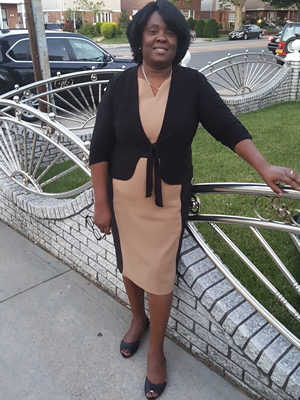
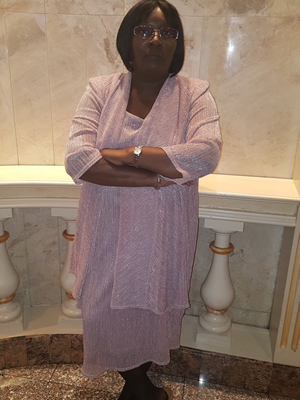

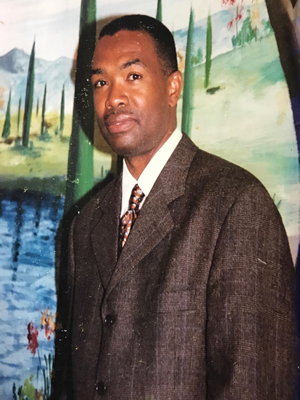
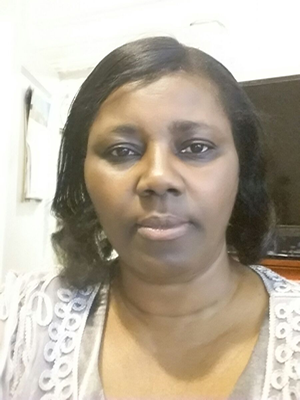
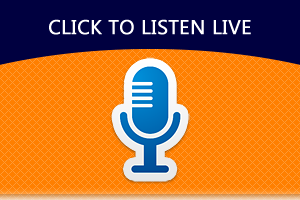






 Hits Today : 1425
Hits Today : 1425 Total Hits : 974721
Total Hits : 974721 Who's Online : 1
Who's Online : 1